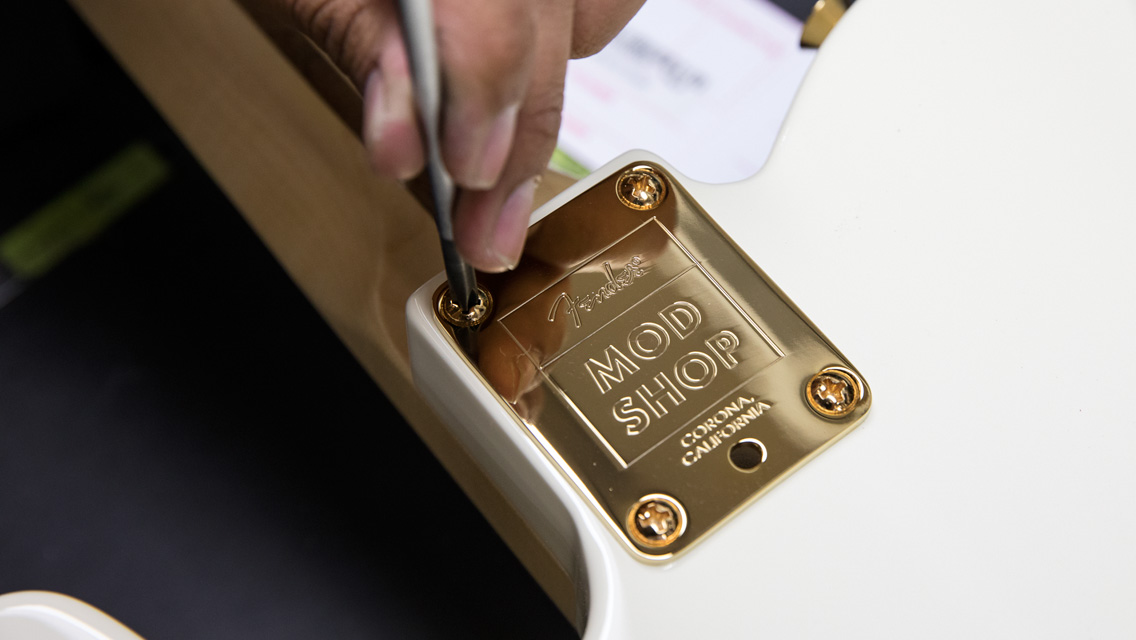2 Min ReadBy Adam HoughtalingShare
Inside the Song: Behind the Stompbox Solo of Blur’s 'Coffee & TV'
How happenstance led to guitarist Graham Coxon’s brilliantly fuzzed-out lead.

By the time Blur released their sixth studio album, 13, in 1999, the bloom was off the second wave of Britpop that had made them global pop phenoms just a few years earlier. Most of the U.K. acts that had flowed onto American shores had now ebbed back across the pond, but Blur was a rare exception.
To record 13, the group left behind longtime producer Stephen Street (the Smiths, Morrissey, Cranberries) and installed electronic pioneer William Orbit behind the boards, making for a more experimental outing than previous efforts.
Orbit’s boundary pushing production, the group’s knack for melody and guitarist Graham Coxon’s love of American indie rock came crashing together on the album’s second single and biggest hit, “Coffee and TV”, which also featured what many consider to be one of the best guitar solos of the decade.
And like so many great creative moments, it was all a happy accident.
Written by Coxon, who also notably takes the vocal lead here, the song sketches out his struggles overcoming alcoholism by focusing on, well, coffee and TV. And writing scads of incredible songs, of course.
The song’s buttoned-up bounce and sing-along chorus belies the antisocial, “brain dead” perspective of the lyrics, but when Coxon begins his fuzzed-out solo the song enters rarified air and exemplifies the nervous work of overcoming addiction. A stompbox serenade of frayed notes and feedback, the solo was inspired, in part, by indie three-piece Yo La Tengo. As Coxon told Fender in 2009:
"I think the guitar solos on Yo La Tengo’s I Can Hear the Heart Beating as One are incredible. That LP is a masterpiece. There’s a song on that called “Stockholm Syndrome,” which influenced my “Coffee & TV” solo, which I think is one of my favorite solos I’ve ever done. That solo had no predetermined plan; it’s just the thumping on of a load of effects pedals on the floor and bending notes to see how they fit. It’s kind of like Jackson Pollock style. There are all sorts in there—the tremolo comes on, then another bloody pedal comes on. Then there are two distortion units at one time. You can hear the effects clicking and changing all the way through the solo. I really like that. It’s good fun!"
Further clarifying the solo’s slapdash creation Coxon told NME in 2012: "I just put something there because we wanted to fill a gap, and said 'We'll come back to it' and the song developed, so we kept it." NME also placed Coxon’s work on “Coffee and TV” at 38 on their list of the 50 best guitar solos of all time, calling it “a string of discordant notes, building to a storm of haywire string-bending.”
Chalk up another artful victory for serendipity.
Don’t miss out!
Be the first to know about new products, featured content, exclusive offers and giveaways.
Featured Collection






